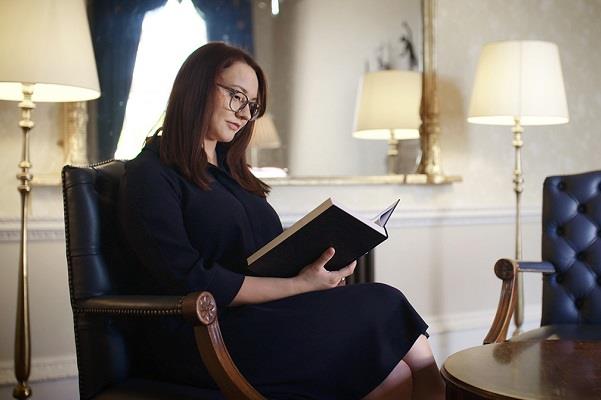In November 2017, French President Emmanuel Macron made a groundbreaking declaration that would have consequences for museums around the world. The former colonial power would endeavour to return looted African heritage to its places of origin. A year later, he committed ‘without delay’ to the repatriation of 26 ceremonial objects from Benin, one of France’s former West African colonies. The artefacts, including a royal throne, sculptures of the kings of Abomey and a statue of the god Gou, would be housed in a new museum built with French assistance. Yet to date they remain, along with 70,000 sub-Saharan objects, in the Musée du quai Branly — Jacques Chirac, France’s flagship museum of ethnography. The movement gained momentum in 2021 with pledges from Berlin and the University of Aberdeen to repatriate the Benin Bronzes they hold.
The repatriation of objects is an increasingly urgent debate in the art world, one with historic political and cultural implications. France’s attempt to redress wrongs from its colonial past is a valuable part of this conversation — yet it highlights a confluence of legal and moral complexities that span international jurisdictions, the historical fluidity of national borders and controversy over deaccessions from public collections.
Should objects be displayed in their place of origin, or held in encyclopaedic institutions such as Quai Branly and the British Museum; who owns cultural property, or heritage; and how do we discuss the difference between ‘cultural nationalism’ — where objects are considered the unique heritage of one nation or group — and the universally shared inheritance of ‘cultural internationalism’? These questions are central to the Restitution and Repatriation component of Christie’s Education’s online course Art Law, a six-week online programme introducing legal practice in key regions of the art world.
The session, which focuses on the legal and cultural definitions of these concepts alongside national and international legislation and its limitations, also includes an discussion with Anne-Sophie Nardon, a founding partner of the law firm Borghese Associés. An active member of art law and cultural heritage committees in France and abroad, she has represented artists, collectors and art dealers in cases of theft and illicit trafficking.
Throughout history there have been many instances of the theft and displacement of cultural heritage committed by numerous nations and individuals, with claims often relating to periods of colonialism, war or foreign occupation. A high-profile example, and one that has entered public discourse, is the Parthenon Marbles in the British Museum. The 1801 removal by Thomas Bruce, 7th Earl of Elgin, was conducted with permission from the Turkish government while Greece was under Ottoman rule. Since 1816, they have been housed in the British Museum, despite a formal request by Greece for their return as an essential part of the nation’s heritage.
This request was denied by the museum’s trustees, citing the Marbles’ legal export at the time and their status in the collection: ‘the Parthenon sculptures in London are an important representation of ancient Athenian civilisation in the context of world history. Each year millions of visitors, free of charge…gain insight into how ancient Greece influenced — and was influenced by — the other civilisations that it encountered.’
The Parthenon Marbles bring into sharp relief the problem of repatriation, one rarely defined solely in the law. Like many other examples there is often an impassioned moral discourse but rarely a clear legal one. And where repatriation is the return of a cultural object to a nation state, it’s important to also think about restitution: the return of a cultural object to an individual or group. In 2006, Christie’s facilitated the private sale of Gustav Klimt’s Portrait of Adele Bloch-Bauer I for $135m, at the time a record price for a painting. The sale and subsequent auction of four other paintings by the artist followed a notable restitution case brought against the Austrian government, which had claimed ownership of the works stolen by Nazi authorities following the Anschluss.
Christie’s Chairman Emeritus Stephen Lash knew the litigant Maria Altmann well and had a ringside seat as she fought a successful battle to reclaim her family’s property, which was later dramatised in the 2015 film Woman in Gold. ‘The uniqueness of the Altmann case is that it was so large and so significant that it created huge public awareness, and that in itself is very important,’ he says, also calling for a broader global effort to assist similar claims. ‘What is lacking in the restitution world — I think it’s gradually being addressed — is a consolidated database documenting the history of works of art in every museum in the world.’
‘If objects could speak, what stories would they tell?’ reflects Lash. ‘Those Klimts would speak volumes.’ The world’s museums are whispering galleries of histories, memories and cultures — how nations choose to display their collections and where they should be held will play an increasingly significant role in framing the purpose and ownership of our collective heritage.


